Do you find yourself constantly itching to get outdoors and explore? If so, then pack your bags, grab some friends (or go solo!), and head off on your next adventure!
But before you take that daring leap of faith, make sure you’re prepared – it’s safety first! Here is a list of essential gear for any outdoor enthusiast looking to embark on the journey of a lifetime.
From backpacks and clothing to water filters and GPS devices, every item mentioned will help ensure that you have an amazing experience without putting yourself in any unnecessary danger.
The Basics
But let’s face it, it’s hard to enjoy a hike if you’re not dressed appropriately or carrying the right gear.
So before you hit the trails, make sure you have the basics covered: backpack, clothing, and footwear.
Start with a backpack that’s comfortable and has enough room to carry the essentials, like water, food, and safety equipment.
Wear moisture-wicking fabrics that keep you dry and comfortable and pack a rain jacket just in case. And last but certainly not least, invest in a good pair of hiking shoes or boots.
Navigation Aids
Hiking is an amazing way to explore nature, but let’s not forget about safety! Before heading out, make sure you have the right equipment to ensure a safe journey.
Navigation aids like maps, compasses, and GPS devices should be on your packing list. A big mistake is to underestimate the trail and get lost in the beautiful surroundings.
Using a map can be helpful, but if you want to hike like a pro, you need a compass. Who has the time to learn how to use a compass, right? Wrong.
Hydration & Nutrition
Hiking safety is paramount to any outdoor adventure. Whether you’re a seasoned pro or a novice trekker, hydration and nutrition are key.
You never know what kind of water sources you may encounter on the trail, so having a good filter will ensure you can safely drink from them.
As for food items, packing the right snacks and meals can make all the difference when it comes to staying healthy and energized on your hike.
At the end of the day, knowing how to hike safely and how to hike right will make your journey all the more enjoyable.
First Aid Kits & Fire-Starters
Hiking is a great way to explore nature and stay active, but every hike comes with some level of risk. That’s why it’s essential to know how to hike safely and bring the right safety equipment with you.
Emergencies can happen at any time, and it pays to be prepared. First aid kits are a must-have item for any hiker, as they can help you treat minor injuries and potentially save someone’s life.
Additionally, always pack some fire-starters, like waterproof matches, to help you start a fire if you ever get lost or cold.
Remember, safety is always a top priority when hiking, so always take the extra steps to ensure you’re protected.
Other Essentials
Summer is the perfect time to hit the trails and explore the great outdoors. But before you embark on your next hiking adventure, make sure you have all the essential safety equipment.
Along with sturdy shoes and a well-marked trail map, you’ll need flashlights, sunglasses, and sunscreen to keep you protected.
And if you want to be extra prepared, consider bringing along a multitool in case of emergencies. By taking these extra steps, you can hike safely and confidently,
knowing that you have all the tools you need to make the most of your time in nature. So go ahead, hit the trails, and enjoy all the beauty that the great outdoors has to offer!
Fun Stuff
Hiking can be a thrilling adventure, but it is important to prioritize safety while exploring the great outdoors.
Whether you’re a seasoned hiker or a beginner, it’s always wise to have the right equipment on hand to ensure your hike is both enjoyable and safe.
Binoculars and camera gear are a must-have for any nature enthusiast who is keen to capture the beauty of their surroundings.
With binoculars, you can take a closer look at wildlife or breathtaking landscapes, while camera gear lets you freeze-frame your memories and share them with the world.
So next time you hit the trails, don’t forget to pack these essentials along with your other safety equipment,
Start with a backpack that’s comfortable and has enough room to carry the essentials, like water, food, and safety equipment.
Speaking of safety equipment, always carry a map, compass, and first aid kit. When it comes to clothing, layering is key.
Wear moisture-wicking fabrics that keep you dry and comfortable and pack a rain jacket just in case. And last but certainly not least, invest in a good pair of hiking shoes or boots.




